This may surprise you for a company renowned for its forged blades, but the previous cast JPX900 Hot Metal iron was Mizuno's best selling iron model so far.
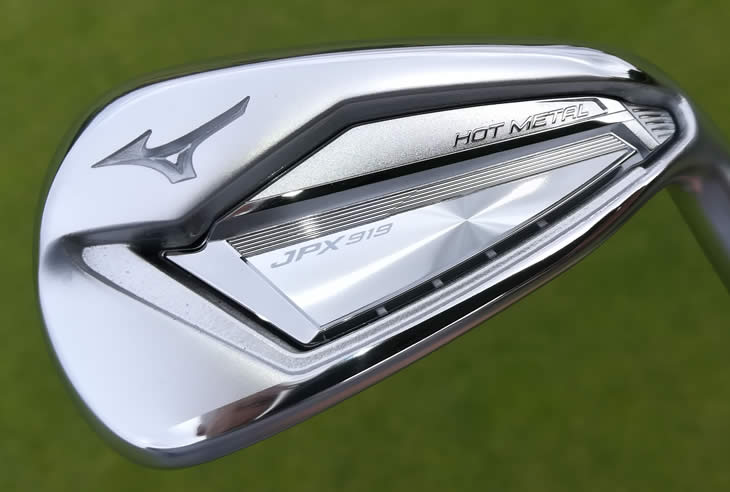
Therefore the successor JPX919 Hot Metal iron has a big divot to fill, but I think it will do just fine.
One of the big changes last time around was to lose the bling and the badges that marked out the JPX850 irons as game improvement irons.
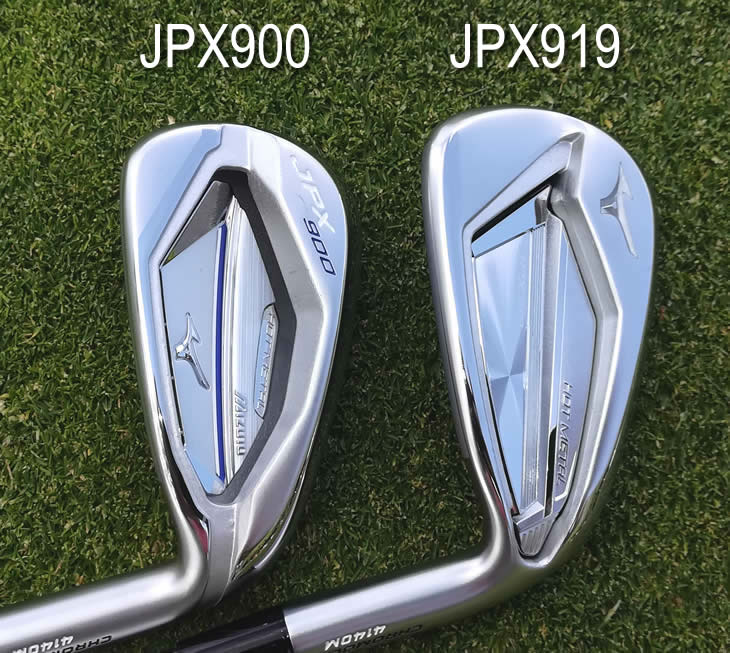
The JPX919 Hot Metal continues this and like the other JPX919 models, the colour and even the Mizuno name has gone to leave a very classy looking iron that gives higher handicappers the visuals of a Mizuno blade even if this cast cavity back is at the other end of the scale.
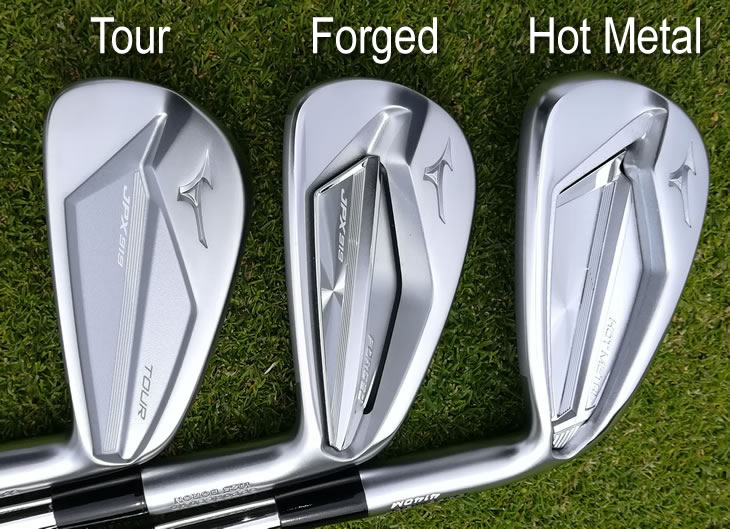
The Pearl Brush finish features a chrome plating with a more durable finish that helps to soften some of the lines visually at address.
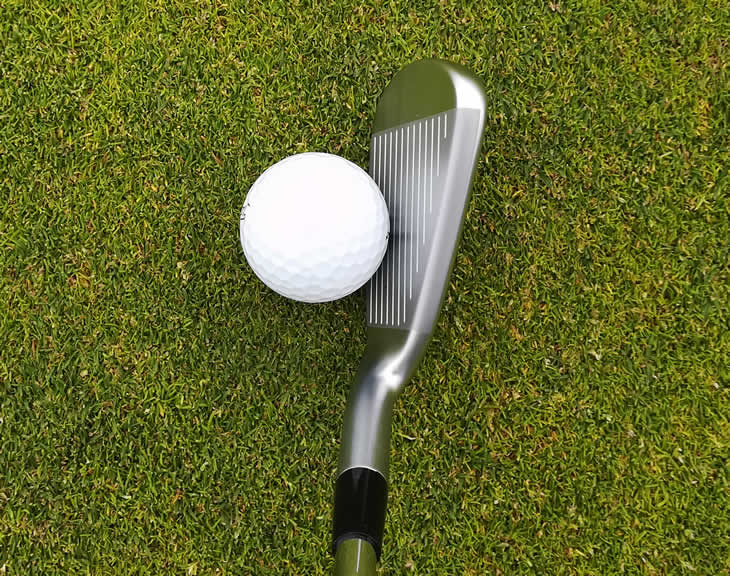
Like the other two models, the heel area of the cavity has been opened up to help with the acoustics and the feel, and also to move weight from the hosel area of the head towards the toe to improve the MOI and hence the forgiveness.
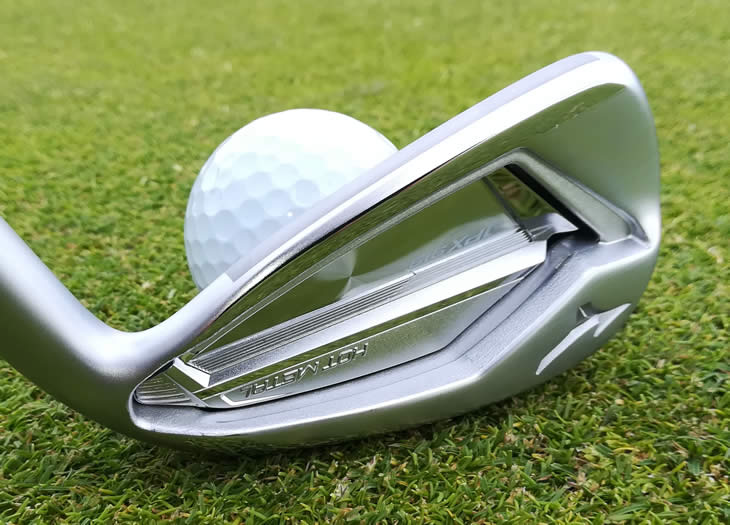
This Stability Frame design also moves the CG nearly 2mm closer to the centre of the club which should make it a little more consistent too.
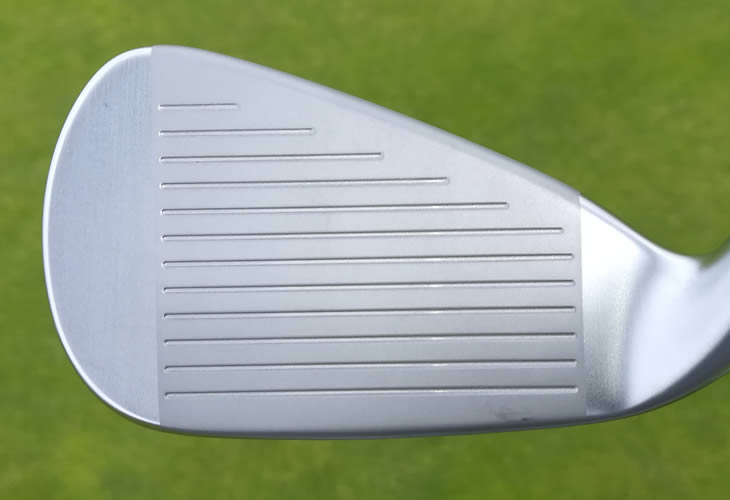
The head is still made from Chromoly 4140M, which if you were paying attention last time you will know that this is a steel alloy containing chromium and molybdenum.
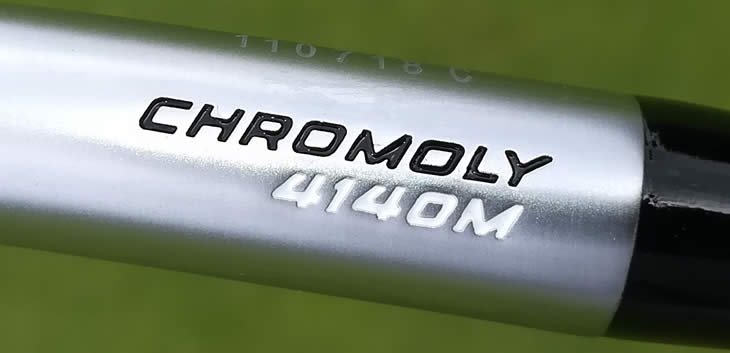
As the head is cast, the Chromoly is flexible yet strong enough to create the larger head and allow for a thin face to create the ball speed.
The face cup is created as a single piece and wraps around the front of the chassis using a seamless construction for better feel.
The leading edge has also been modified as a result and the grind has gone, which I think is a good move as the interaction with the turf is a little sharper.
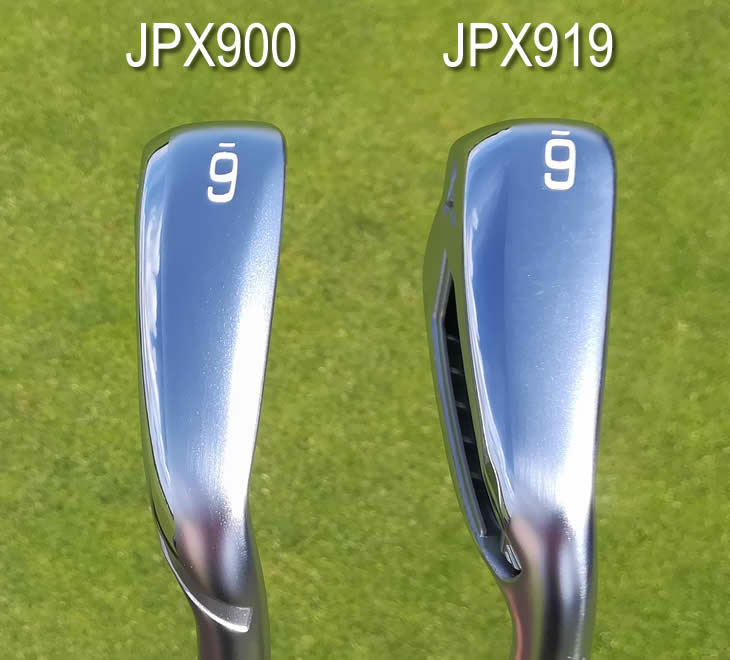
The trailing edge grind has a little more camber than before and still there across the full width of the sole with a polished chrome finish to give it some definition. This makes the sole look bigger, when in reality it is almost the same as the JPX900.
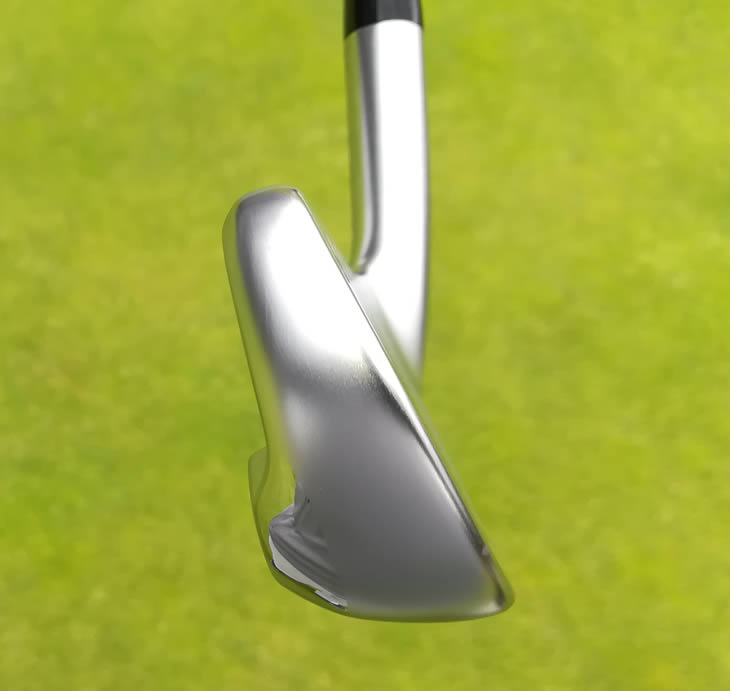
Compared to the previous JPX900 on GC2 with Titleist Pro V1x balls the JPX919 Hot Metal was using that refined head construction to deliver around 400 rpm less spin and a slightly higher flight with a 6-iron that saw a 4 yard gain.

This should see the JPX919 Hot Metal stop quickly enough too as the landing angle was steeper to accommodate the lower spin rate so this is all classic hot distance iron stuff.
There is a choice of shafts available through the Mizuno Swing DNA fitting service, but the stock shaft is once again the Nippon N.S Pro Modus 3 which is light and should help mid to slow swingers improve swing speeds.

Relative to the other models the Hot Metal was giving around the same distance as the JPX919 Forged but with a slightly higher flight and of course more forgiveness from the larger head and greater offset.
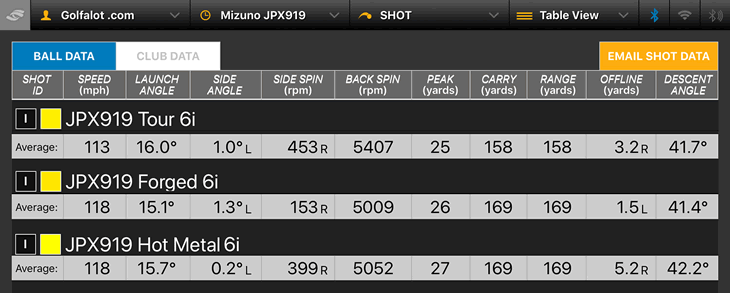
For some better players the Hot Metal 4-iron could still be an option to add into the top end of a Forged set for a little more margin of error, although they would have to be comfortable with the trailing edge of that larger cavity being visible at address.
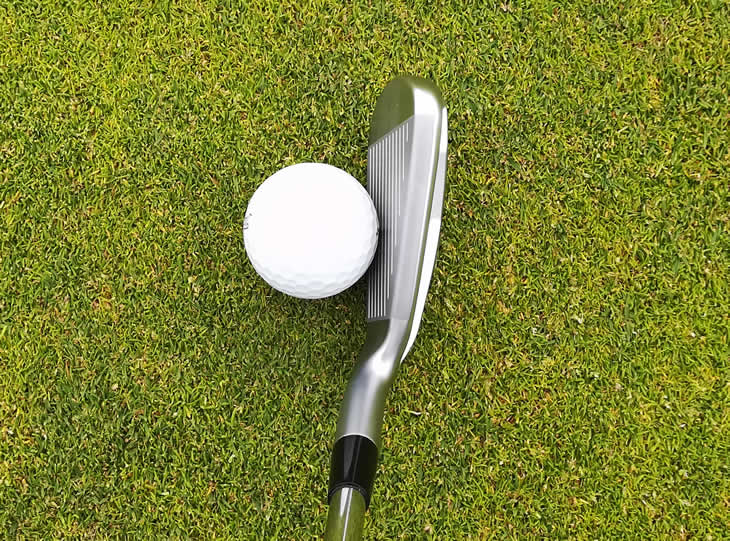
The Hot Metal set goes down to a 45° Pitching wedge and then instead of carrying on like before, Mizuno has introduced a new range of JPX919 wedges at 50°, 55° and 60° that are a little more compact and can be used with the Hot Metal and any of the other JPX919 models if you prefer a cavity back wedge to match the rest of your set.
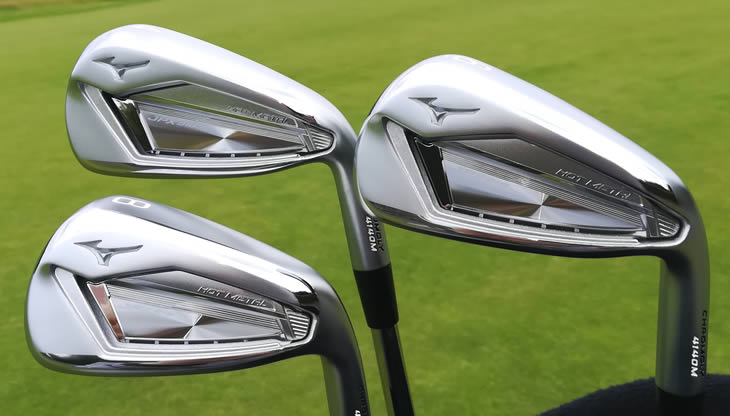
This is a nice idea and with lofts getting stronger and stronger, having a set wedge option in the higher lofts for a game improvement set makes a lot of sense.
Like the Forged model, the JPX919 Hot Metal has built on what was one of the best models in its sector and taken it to the next level. It is more of a sensible evolution, particularly with the cosmetics, but the lower spin for extra distance and the more traditional leading edge grind is going to make the Hot Metal one of the distance irons to beat in the market again.